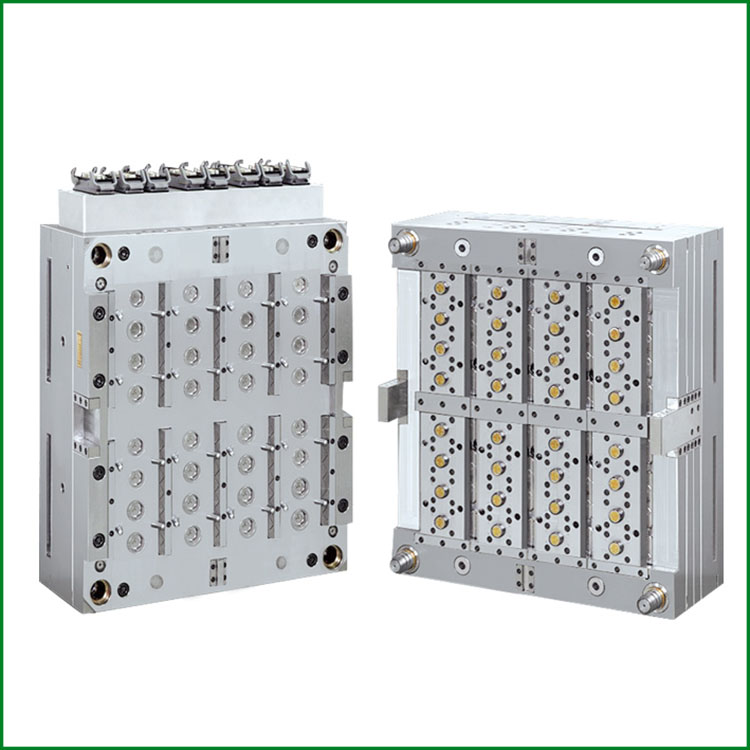Aspects associated with a plastic cap mold
2024-02-29
A "Plastic Cap Mould" refers to the mold or tool used in the injection molding process to produce plastic caps or lids. This mold is a crucial component in the manufacturing of plastic caps, determining their shape, size, and features. Here are key aspects associated with a plastic cap mold:
1. Mold Design:
- The design of the plastic cap mold is critical for achieving the desired cap specifications. It includes the shape, size, and any specific features or details required for the caps.
2. Material Compatibility:
- The mold is designed to work with specific types of plastic materials, typically in the form of pellets or granules. The chosen material should be compatible with the mold's design and the injection molding process.
3. Cavity and Core:
- The mold consists of two main parts – the cavity and the core. These parts fit together to form the shape of the plastic cap. The cavity is the outer part, and the core is the inner part.
4. Runner System:
- The runner system is a network of channels that guide the molten plastic material into the mold cavity. It includes gates, sprues, and runners, which play a role in the injection molding process.
5. Cooling System:
- A cooling system is integrated into the mold to facilitate the solidification of the molten plastic material. Proper cooling is essential for achieving the desired cap quality.
6. Ejector System:
- After the plastic has solidified in the mold, the ejector system is used to push the molded cap out of the mold cavity. This system ensures the smooth and efficient removal of the finished product.
7. Venting:
- Venting channels are incorporated in the mold to allow the escape of air and gases during the injection molding process. Proper venting is crucial to avoid defects in the molded caps.
8. Surface Finish:
- The surface finish of the mold determines the appearance of the final product. A high-quality mold with a smooth surface finish helps produce caps with a polished and professional look.
9. Material and Heat Resistance:
- The mold material must be durable and heat-resistant to withstand the injection molding process, which involves high temperatures and pressures.
10. Tolerance and Precision:
- The mold must be designed with tight tolerances and precision to ensure that each molded cap meets the specified dimensions and quality standards.
11. Multi-Cavity Molds:
- Some molds are designed to produce multiple caps simultaneously in a single injection molding cycle. Multi-cavity molds increase production efficiency.
12. Hot Runner System:
- In certain applications, hot runner systems may be incorporated into the mold design. Hot runners help maintain the temperature of the plastic material, improving the molding process.
13. Quick Changeover:
- Some molds are designed for quick changeovers, allowing manufacturers to switch between different cap designs efficiently.
14. Maintenance and Cleaning:
- The mold should be designed for easy maintenance and cleaning to ensure optimal performance and longevity.
15. Regulatory Compliance:
- The mold design and manufacturing process should comply with industry standards and regulations governing the production of plastic products.
Plastic cap molds play a crucial role in the efficiency and quality of the plastic cap manufacturing process. The design and features of the mold depend on the specific requirements of the caps and the manufacturing process.



